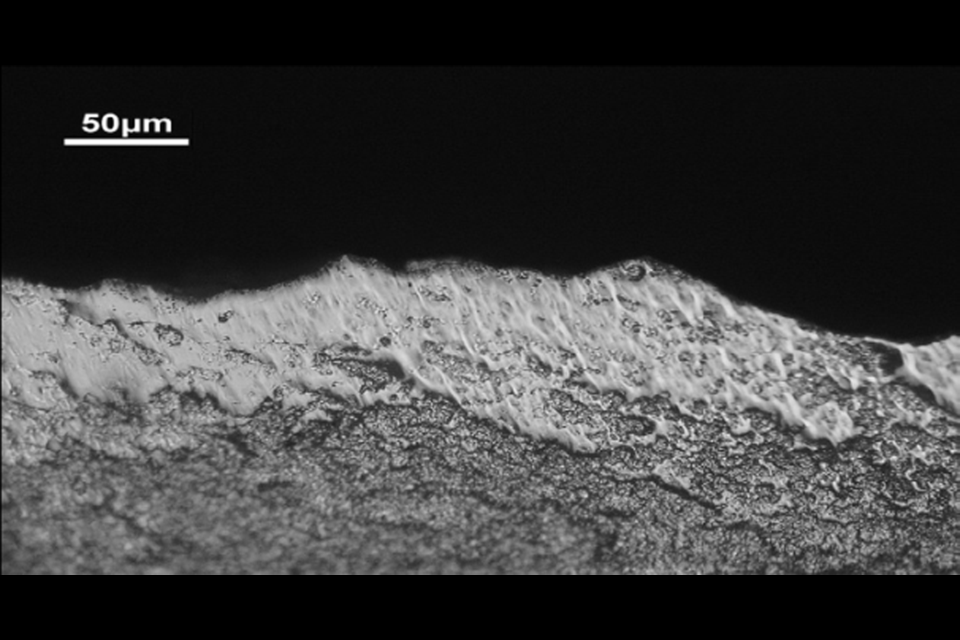Stone tools and the waste flakes produced from their manufacture and use are the most common archeological artifact found across the globe.
Through the analysis of stone artifacts, archeologists are able to make inferences regarding various aspects of past human behaviour, such as where and when people resided on the landscape, long-distance trade, technological organization, artifact style, form and, importantly, function.
When concerned with questions of stone-tool function, archeologists employ a range of techniques referred to as use-wear analysis.
Much like toolmark analysis in forensic sciences, use-wear analysis attempts to document and compare indicators of wear on stone tools that are related to the specific materials that were worked — and the manner in which these items were processed.
There are two approaches to use-wear analysis based on the type of microscopes used in the study. They focus on different, but related types of edge wear.
The low-power approach to use-wear analysis utilizes common everyday laboratory microscopes ranging between 10-times to 100-times magnification to document the nature, location and abundance of microfracturing along the working edge (photo 1).
The use wear shown on the artifact in photo 1 suggests this stone tool was used to scrape wood.
The high-power approach uses much more sophisticated microscopy that can attain magnifications of 200 times and greater, thus allowing for observations of abrasive polishes and striations on the working surface of a tool (photo 2).
This polishing and the abrasions suggest this stone tool was used for working animal hides.
PHOTO: The low power approach to use-wear analysis utilizes common everyday laboratory microscopes ranging between 10-times to 100-times magnification to document the nature, location and abundance of microfracturing along the working edge. - Ryan Dickie
PHOTO: The high-power approach uses much more sophisticated microscopy that can attain magnifications of 200 times and greater, thus allowing for observations of abrasive polishes and striations on the working surface of a tool.Ryan Dickie
Most functional analyses rely on experimentation on the effects of tool use on various materials in order to replicate the wear traces found on ancient stone tools.
Using different types of microscopy and levels of magnification, the analyst compares the experimental wear patterns with the archeological specimens, which allows for interpretations of tool function to be made.
The insights derived from understanding stone-tool function allow for further inferences to be made about the occupation of the site based on the activities represented in the assemblage of utilized stone tools.
Perhaps the most important aspect of any use-wear analysis is building a representative reference collection of experimental stone tools. The goal is to re-create as wide of a range as possible of potential wear traces that may be present in an archeological collection of tools.
This step involves procuring the right stone for the experiments, creating the collection of tools for the experiments and using the experimental assemblage for a range of tasks that may be reflected at a particular site, such as fish or deer processing, plant gathering or woodworking.
When supported by good experimental research, use-wear analysis of stone tools can provide valuable insight into past human behaviour and shed light on the fundamental question of how people used their various technologies.
With so much of the record of past cultures lost to natural organic decomposition, fragmentary stone tools are often all that remain for archeologists to tease out the nuances of everyday past life.
Use-wear analysis can help bridge the divide between the past and present by providing direct insight into what people were doing on the landscape and with what materials.



